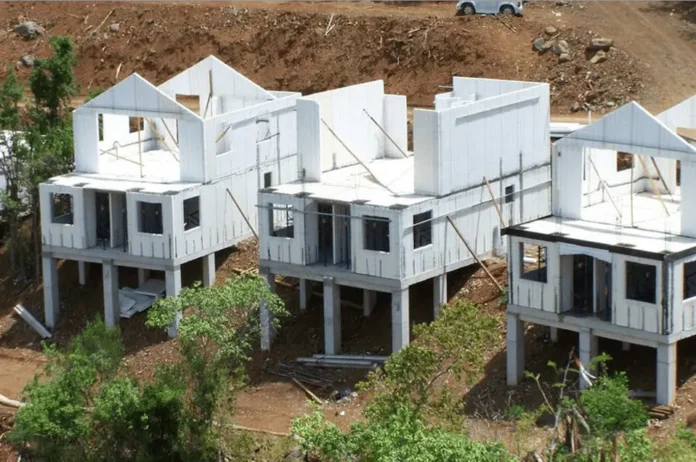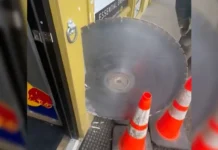
In the quest for more sustainable, durable, and cost-effective housing, expanded polystyrene (EPS), or what’s commonly known as Styrofoam, has emerged as an innovative building material. Here’s a look at the companies spearheading this movement, the economics involved, proof of concept, and whether this approach could reshape residential construction.
Companies Leading the EPS Revolution
Several companies have championed the use of EPS in home building:
- Vero Building Systems from Florida has pioneered structural concrete insulated panels (SCIPs) that combine steel, concrete, and EPS. Their SCIP system promotes homes that are not just strong but also resistant to fire, hurricanes, and even bullets, showcasing their utility across the U.S.
- Strata International Group, based in Arizona, has developed the Saebi Alternative Building System (SABS), which uses EPS with Sabscrete for energy-efficient, wind-resistant homes. Strata has built numerous structures across different states, proving the adaptability of their method.
- ThermaSave Homes in Alabama constructs homes entirely from foam panels, providing both insulation and structural integrity, highlighted for its potential in regions with varying climate challenges.
Cost of EPS Home Building
Economically, EPS construction can be quite attractive:
- Savings can range from 10% to 50% over traditional building methods due to lower labor costs and quicker construction times. Vero Building Systems, for example, reports a 30% reduction in construction costs.
Proof of Concept
- Durability: EPS homes have demonstrated exceptional durability against natural forces. Vero’s homes can endure 200 mph winds, while Strata’s designs are engineered for earthquake resistance and fire safety.
- Energy Efficiency: The insulation properties of EPS lead to significant reductions in heating and cooling costs, with studies showing energy savings of 50% to 60%.
- Global Applications: From the U.S. to Japan, EPS homes have been constructed for decades, validating their concept in diverse environments and under various building codes.
Is EPS a Good Fit for Modern Construction?
- Safety and Resilience: EPS, when used with concrete or similar treatments, offers a solution that could mitigate risks from various natural disasters, not just fires.
- Efficiency in Construction: The speed at which EPS structures can be assembled could revolutionize the construction industry, making it quicker to develop housing.
- Aesthetic and Practical Considerations: Modern EPS homes can blend seamlessly with traditional architecture while providing superior insulation and soundproofing. However, adapting to local aesthetics and regulations remains a challenge.
- Potential Barriers: Issues like local building code compliance, the need for specialized construction skills, and community acceptance could slow the adoption of EPS homes.
Criticism
The use of Styrofoam in construction via systems like Vero, Strata, and ThermaSAVE has drawn criticism due to EPS’s non-biodegradable nature, long-term environmental impact, and the health risks from styrene production. Practically, despite enhancements with concrete or cement board, Styrofoam remains susceptible to damage, which can compromise insulation. Also, EPS’s poor vapor permeability can lead to mold, affecting durability and air quality.
Would you live in a styrofoam house? Leave a comment below.
Would you purchase and live in a home made of styrofoam!? 🤔 pic.twitter.com/u0Hj7nFb89
— James Pleickhardt (@JamesPleickhar2) January 14, 2025


